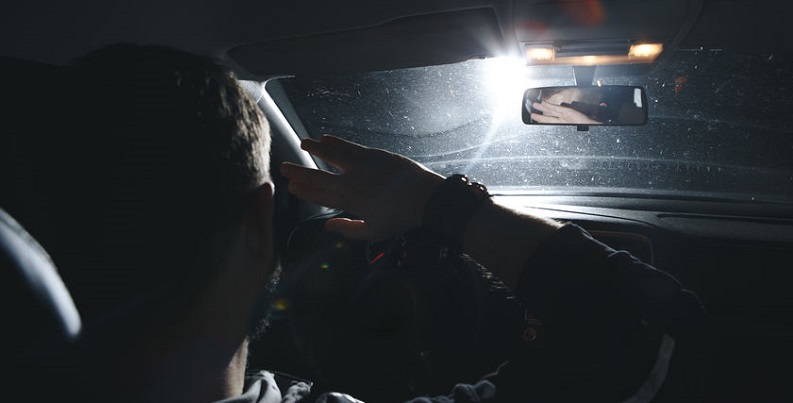In most wrong-way accidents, drivers have no time to react when they see the headlights of a car racing toward them.
Collisions involving vehicles going the wrong way at high speeds are often fatal.
Several months ago, a man driving the wrong way in Colorado Springs caused a head-on collision with a large commercial vehicle. The driver was arrested for driving under the influence. Luckily, the injuries of those involved in the accident were not life-threatening injuries. But not all victims of wrong-way driving crashes are so fortunate.
Although rare, wrong-way crashes are up to 27 percent much more likely to result in fatal and serious injuries than other types of motor vehicle accidents. When they do occur, they occur as the vehicles involved are traveling at highway speeds and slamming into each other head-on.
What is wrong-way driving?
In wrong-way driving that ends in an auto accident, a vehicle traveling in a direction opposite the legal flow of traffic on a high-speed divided highway or access ramp crashes into a vehicle traveling in the proper direction on the same roadway. According to the U.S. Department of Transportation Federal Highway Administration, such accidents result in 300 to 400 deaths each year, about 1 percent of total annual traffic fatalities.
According to a 2015 study published in Traffic Injury Prevention, between 2004 and 2009, these crashes occurred mostly on weekends and mostly overnight, between 12 a.m. and 5 a.m. About 58 percent of wrong-way drivers were operating a vehicle while under the influence of drugs or alcohol. Compressed diamond intersections, single-point diamond interchanges, partial cloverleaf interchanges, and freeway feeds were the sites of the highest number of crashes. Eighty percent of wrong-way collisions happened in urban areas and 70 percent involved passenger cars.
According to a report by the National Traffic Safety Board, crashes involving wrong-way driving tend to take place in the lane closest to the median (the number one lane). The research confirms that alcohol impairment is a major cause of wrong-way driving.
Avoiding Wrong-Way Drivers
In most wrong-way accidents, drivers have no time to react when they see the headlights of a car racing toward them. What can you do to avoid colliding with wrong-way drivers?
- Avoid driving in the left lane unless you are passing another vehicle. Either stay in the right lane or, if traveling on a three-lane highway, use the middle lane for more flexibility when trying to avoid a collision.
- Avoid distracted driving. Keep your eyes on the road, not your phone.
- Keep scanning the road ahead for headlights coming toward you.
- Make sure that you have enough room around your car to quickly switch lanes to avoid a crash.
- If an accident with a wrong-way driver seems unavoidable, steer to the right so that the collision will be a side-impact collision rather than a head-on collision.
- Pay attention to pavement markings when traveling on an unfamiliar highway.
If you manage to avoid a wrong-way driver, report the incident immediately to the authorities. You could be saving the life of somebody else.
If you or a loved one has been injured in an accident in Colorado, contact personal injury lawyer Dan Rosen at (303) 454-8000 or (800) ROSEN-911 to schedule your free initial consultation with experienced counsel.

